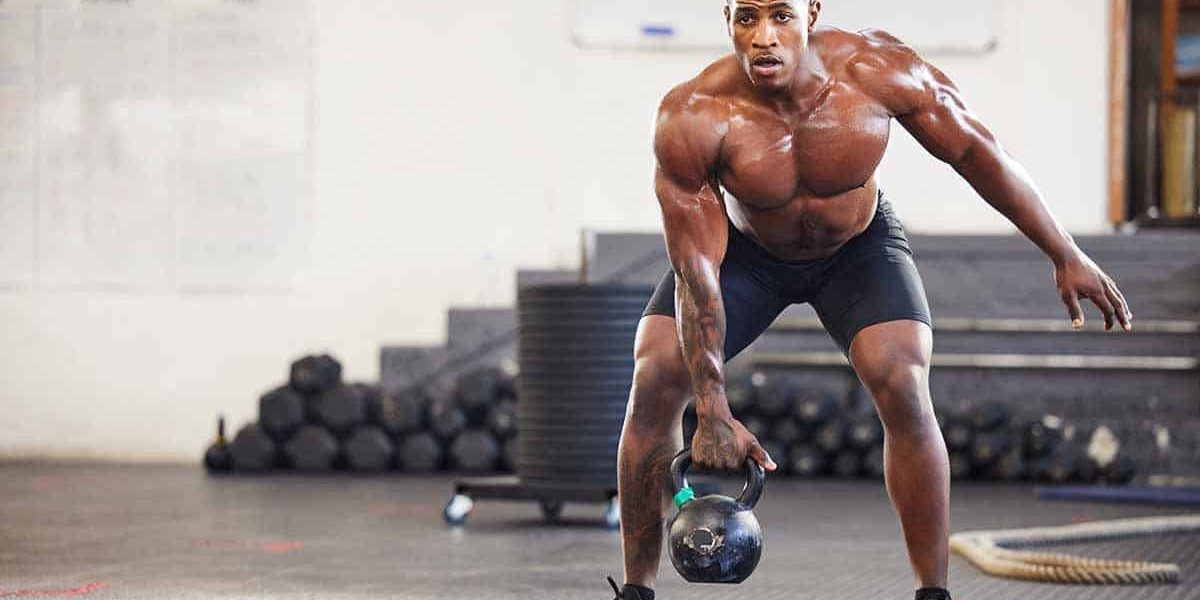High-Intensity Interval Training (HIIT) is a popular workout method that involves short bursts of intense exercise followed by brief recovery periods. This1 type of training is highly effective for2 improving cardiovascular health, burning calories, and building muscle.
Benefits of HIIT Workouts
- Time-Efficient: HIIT workouts are shorter and more intense than traditional steady-state cardio, making them ideal for busy schedules.
- Increased Metabolic Rate: HIIT can boost your metabolism, helping you burn calories even after your workout is over.
- Improved Cardiovascular Health: Regular HIIT workouts can strengthen your heart and improve cardiovascular function.
- Enhanced Muscle Strength and Endurance: HIIT can help build muscle and improve endurance.
- Boosted Mental Health: Exercise, including HIIT, can reduce stress, anxiety, and depression.
How to Do HIIT
A typical HIIT workout involves alternating between high-intensity intervals and low-intensity recovery periods. For example, you might sprint for 30 seconds, rest for 30 seconds, and repeat this cycle 8-10 times.
Here’s a simple HIIT workout you can try:
- Warm-up: 5 minutes of light cardio, such as jogging or jumping jacks.
- Workout:
- 30 seconds of high-intensity exercise (e.g., burpees, mountain climbers, high knees)
- 30 seconds of rest
- Repeat 8-10 times
- Cool-down: 5 minutes of stretching
Tips for Effective HIIT Workouts
- Listen to Your Body: Don’t push yourself too hard, especially if you’re new to HIIT.
- Proper Form: Focus on maintaining good form to prevent injuries.
- Vary Your Workouts: Mix up your exercises to avoid boredom and target different muscle groups.
- Stay Hydrated: Drink plenty of water before, during, and after your workout.
- Rest and Recover: Allow your body time to recover between workouts.
By incorporating HIIT into your workout routine, you can achieve significant fitness gains in a short amount of time. Remember to consult with your healthcare provider before starting any new workout regimen.
Would you like to know more about specific HIIT workouts or how to modify them for different fitness levels?




